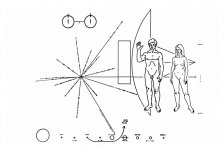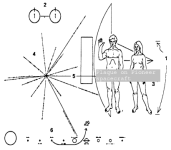Malintent
Veteran Member
https://news.vice.com/story/china-m...ne-of-the-big-challenges-of-deep-space-travel
Currently, the only way a spacecraft knows where it is, is via Earth-based radio transmission. In order to travel farther (as in, out of our solar system), craft will not be able to rely on radio waves emanating from Earth.
A new technology is being tested by China, and soon the US, that uses very precise measurement of the x-ray emanations from Pulsars. Like Earth's GPS system of satellites, craft would be able to triangulate their position in space using readings from multiple Pulsars.
Very cool.
Currently, the only way a spacecraft knows where it is, is via Earth-based radio transmission. In order to travel farther (as in, out of our solar system), craft will not be able to rely on radio waves emanating from Earth.
A new technology is being tested by China, and soon the US, that uses very precise measurement of the x-ray emanations from Pulsars. Like Earth's GPS system of satellites, craft would be able to triangulate their position in space using readings from multiple Pulsars.
Very cool.



 ) because missing one cycle would throw it off by 1860 miles. Maybe not a problem though under zero acceleration.
) because missing one cycle would throw it off by 1860 miles. Maybe not a problem though under zero acceleration.